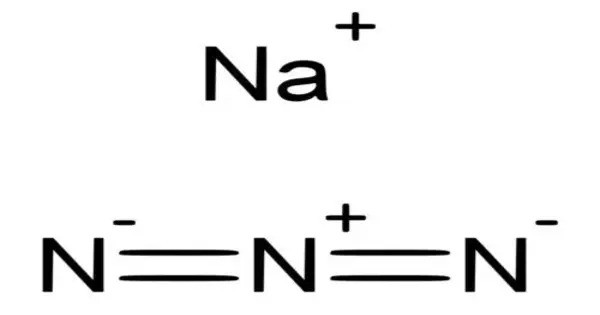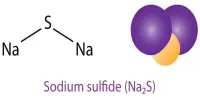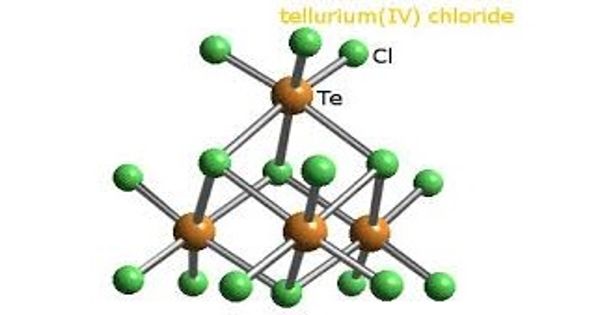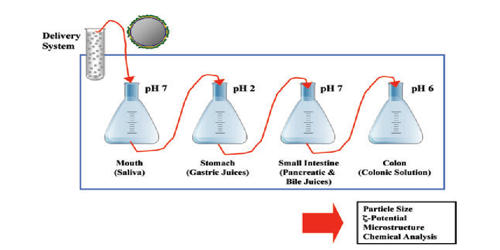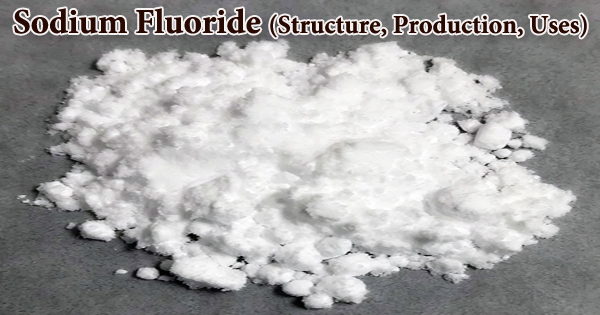Potassium azide is the inorganic compound having the formula KN3. It is a white, water-soluble salt. It is used as a reagent in the laboratory. It is a colorless, crystalline solid that is highly reactive and toxic. Potassium azide is most well-known for its use in airbag systems in vehicles, where it rapidly decomposes to release nitrogen gas, inflating the airbag during a collision. It has been found to act as a nitrification inhibitor in soil.
Properties
Potassium azide is a strong oxidizing agent and can react explosively under certain conditions, especially when exposed to heat, shock, or friction. It is highly sensitive to shock and friction, which can cause violent decomposition. The compound can release toxic gases, including nitrogen oxides, when decomposed.
- Chemical formula: KN3
- Molar mass: 81.1184 g/mol
- Appearance: Colorless crystals
- Density: 2.038 g/cm3
- Melting point: 350 °C (662 °F; 623 K) (in vacuum)
- Boiling point: decomposes
- Solubility in water: 41.4 g/100 mL (0 °C), 105.7 g/100 mL (100 °C)
- Solubility: 0.1375 g/100 g in ethanol (16°C), insoluble in ether
Structure
KN3, RbN3, CsN3, and TlN3 adopt the same structures. They crystallize in a tetragonal habit. The azide is bound to eight cations in an eclipsed orientation. The cations are bound to eight terminal N centers.
Reactivity
Potassium azide is reactive with metals, especially heavy metals like copper, and can form metal azides. The decomposition of potassium azide produces nitrogen gas, making it useful in airbag technology.
Laboratory and Industrial Use
Potassium azide is commonly used in the automobile industry in airbag systems. It decomposes rapidly to release nitrogen gas, inflating the airbag to cushion occupants during a collision. It is also used in organic synthesis and pharmaceutical research as a source of azide ions, which can react with other compounds to form various derivatives.
Natural Occurrence
Potassium azide does not occur naturally in significant quantities. Its production is primarily industrial, synthesized in laboratories and factories.
Safety and Handling
Toxicity: Potassium azide is toxic and should be handled with care. Inhalation or ingestion can lead to serious health effects, including nausea, vomiting, headache, and convulsions. It is also highly explosive and must be stored in safe, controlled environments, away from heat and shocks. Safety measures such as gloves, protective eyewear, and a fume hood are necessary when handling this compound.
Health hazards
Like sodium azide, potassium azide is very toxic. The threshold limit value of the related sodium azide is 0.07 ppm. The toxicity of azides arise from their ability to inhibit cytochrome c oxidase.
